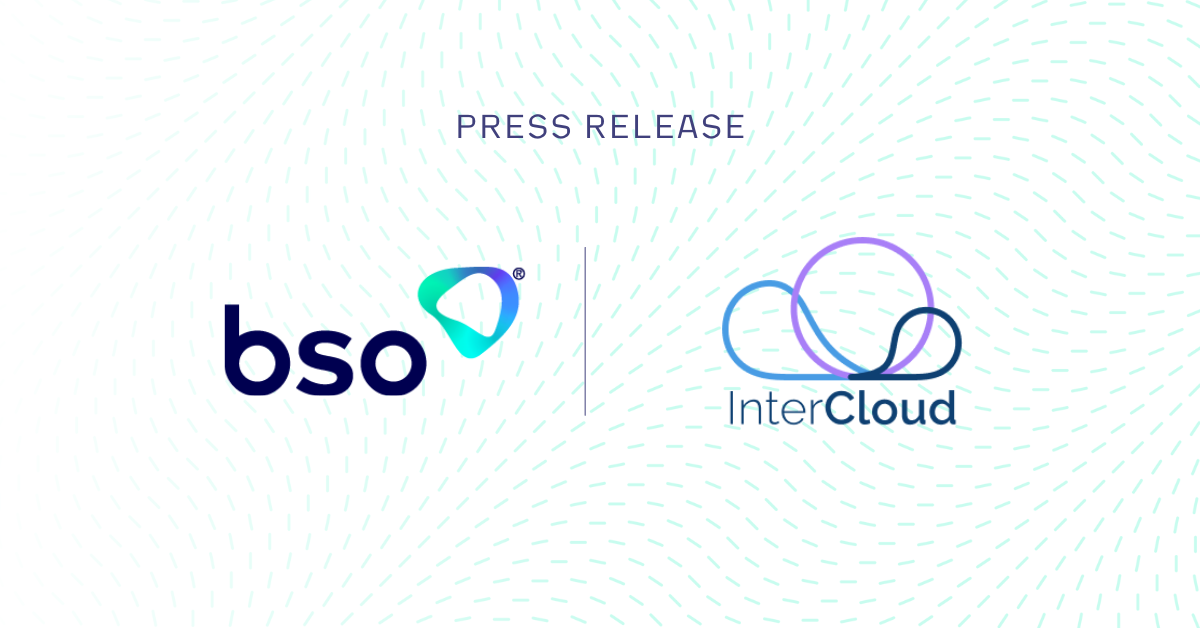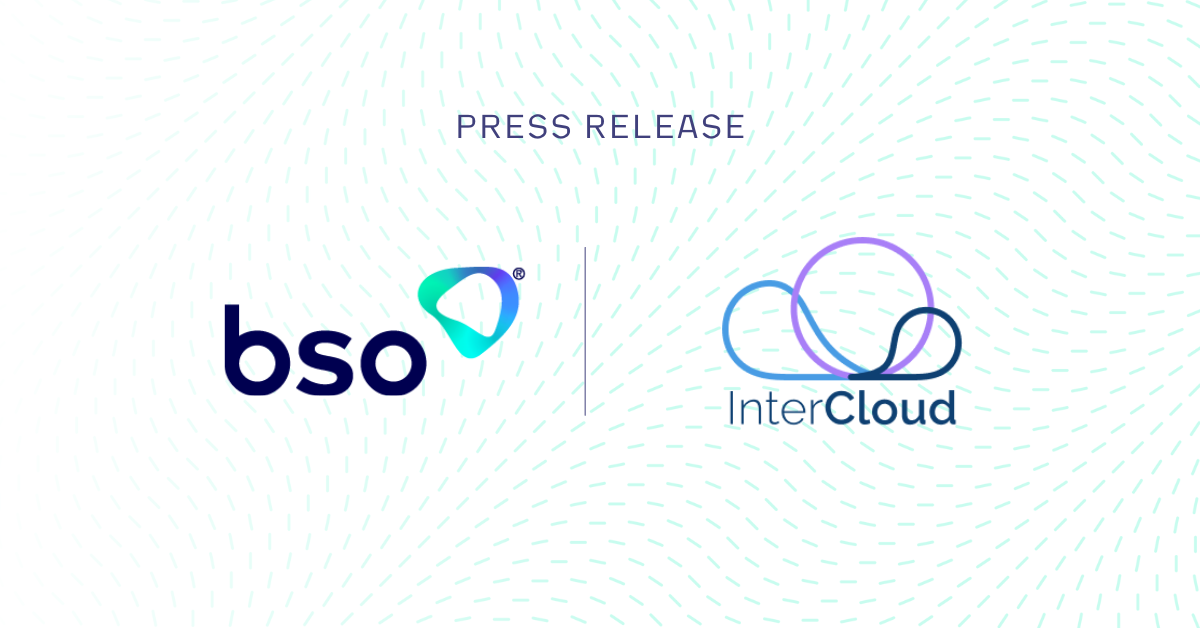
Finding the right balance between centralisation and decentralisation means paying attention to the network core as well as its edge. Strategically choosing one’s computing location, making data traffic/operations more supple while ensuring workloads transit seamlessly thanks to the best connectivity possible, all while respecting budgetary and regulatory constraints, is more important than ever.
The digital economy, speeded up by the pandemic, relies on data centres, servers, computers and IoT equipment, all mutually connected via a global mesh network (run by a number of distinct operators, each meeting a specific demand).
Some changes have been underway for some time, others, newly emergent, will transform the corporate technological landscape over the long term. To preserve an overall vision of the changes and make the most judicious choices, it’s appropriate to take a step back and consider the major transformations listed below.
1. Acceleration of the movement towards the cloud, connection to the public cloud and FinOps
Cloud technologies have reached maturity and two clear tendencies are now apparent.
Users coming late to the cloud discover that connectivity quality is essential to the success of their cloud migration strategies.
The first cloud users are now working on CloudOps/FinOps financial optimisation strategies using the hybrid cloud and the multi cloud. They are moving some or all of their infrastructure to specific public clouds or regions of the world based on workloads and their associated costs. The multi cloud has now been adopted as a way of being less strongly bound to a specific service provider, and benefiting from greater freedom. As these practices become more common, billing systems will become more transparent and hidden costs will increasingly disappear. New specialist applications, new interfaces allowing provisioning to be directed to this or that cloud will emerge.
2. Modernisation of applications
Many companies are making greater use of off-site technologies in response to the pandemic and the transition to remote working. Customers now expect faster deployment of technologies and service. We have noticed a growing demand for bandwidth and a large number of clients have considerably increased their expenditures in the private and cloud infrastructure services. Workplace digital transformation is not the only major priority. The modernisation of applications, migrations of software packages to off-site environments, particularly in the health, financial services and pharmaceutical product industries, have brought investments to the cloud, opening the way to new sources of revenue and diversification of business models.
3. Crypto-trading sector: entry of institutional players into the game and need for “institutional-grade” solutions
(Crypto draws closer to the institutional finance infrastructure)
The last several years have witnessed the emergence of a new eco-system based on the technologies offered by blockchain and crypto trading. This market is very atomised as it brings together dozens of crypto-exchanges (platforms that allow different trading pairs to be exchanged such as BTC/€, ETH/$, BTC/ETH etc…) as well as multiple traders, arbitrageurs, Algo Traders, HFTs or even just traditional asset managers. Today, the majority of exchange platforms are hosted on the public cloud, not necessarily the same cloud players, and not necessarily in the same regions. This gives rise to growing demand from High Frequency Crypto Traders for “CLOUD TO CLOUD” connectivity solutions integrating the ideas of latency and availability. In parallel, other players are choosing to imitate best practices in the traditional financial markets by opting to host their exchange in one of the major financial data centres/hubs. This was the case for Gemini which hosted its matching engine on NY5.
4. Data routing is becoming more flexible
Telecoms operators are no longer the only ones operating cables for data transfer between continents. Players such as Google, Facebook or cloud suppliers such as AWS, strengthened by investments in the network infrastructure, are now likely to offer connectivity services in addition to their existing offers.
In addition, thanks to the location of these infrastructures and the trend towards “asset-less”, it is becoming easier for companies that require them to choose personalised routes.
5. SD-WAN: more flexibility for more varied requirements
The SD-WAN technology has reached maturity, creating an alternative to private and dedicated connections. MPLS is increasingly reserved for the most demanding environments, while SD-WAN is tending to become a commodity for low-cost transfer needs, but also for automatic provisioning and easier geographic extension. Options are expanding for companies who want to diversify their connectivity based on requirements such as stability, latency or the optimisation of costs and flexibility, all done from a single interface. B2B users expect the same ease of use that they experience for the solutions they access privately.
The movement of workloads to the cloud and the modernisation of applications are durable trends. Although its economic relevance has sometimes been disputed, as multi-cloud technologies have reached maturity and the Covid-19 pandemic has spawned a host of new requirements, the cloud now enjoys universal adoption. Within this landscape, FinOps is already promising to assert itself as one of the last major transformations in the orchestration of these agile environments.
Intimately associated with the challenges of using the cloud, the network is also undergoing optimisation, thanks to technologies that allow data to be routed more fluidly and in a granular way, while complying with ever more exacting service level requirements.
The original article was published here in French.
ABOUT BSO
The company was founded in 2004 and serves the world’s largest financial institutions. BSO is a global pioneering infrastructure and connectivity provider, helping over 600 data-intensive businesses across diverse markets, including financial services, technology, energy, e-commerce, media and others. BSO owns and provides mission-critical infrastructure, including network connectivity, cloud solutions, managed services and hosting, that are specific and dedicated to each customer served.
The company’s network comprises 240+ PoPs across 33 markets, 50+ cloud on-ramps, is integrated with all major public cloud providers and connects to 75+ on-net internet exchanges and 30+ stock exchanges. The team of experts works closely with customers in order to create solutions that meet the detailed and specific needs of their business, providing the latency, resilience and security they need regardless of location.
BSO is headquartered in Ireland, and has 11 offices across the globe, including London, New York, Paris, Dubai, Hong Kong and Singapore. Access our website and find out more information: www.bso.co
SALES ENQUIRY
Get in touch now. Find out how we can transform your business_
You might be interested in_
THE BSO DIFFERENCE
The industries we work across_





/Revolutionising-Connectivity%20BSOs-Tailored-Cloud-Solution-for-CryptoStruct-GmbH.png?width=1050&height=550&name=Revolutionising-Connectivity%20BSOs-Tailored-Cloud-Solution-for-CryptoStruct-GmbH.png)
/6%20Cloud%20Best%20Practices%20for%20Financial%20Technology%20Companies.jpg?width=1200&height=600&name=6%20Cloud%20Best%20Practices%20for%20Financial%20Technology%20Companies.jpg)








